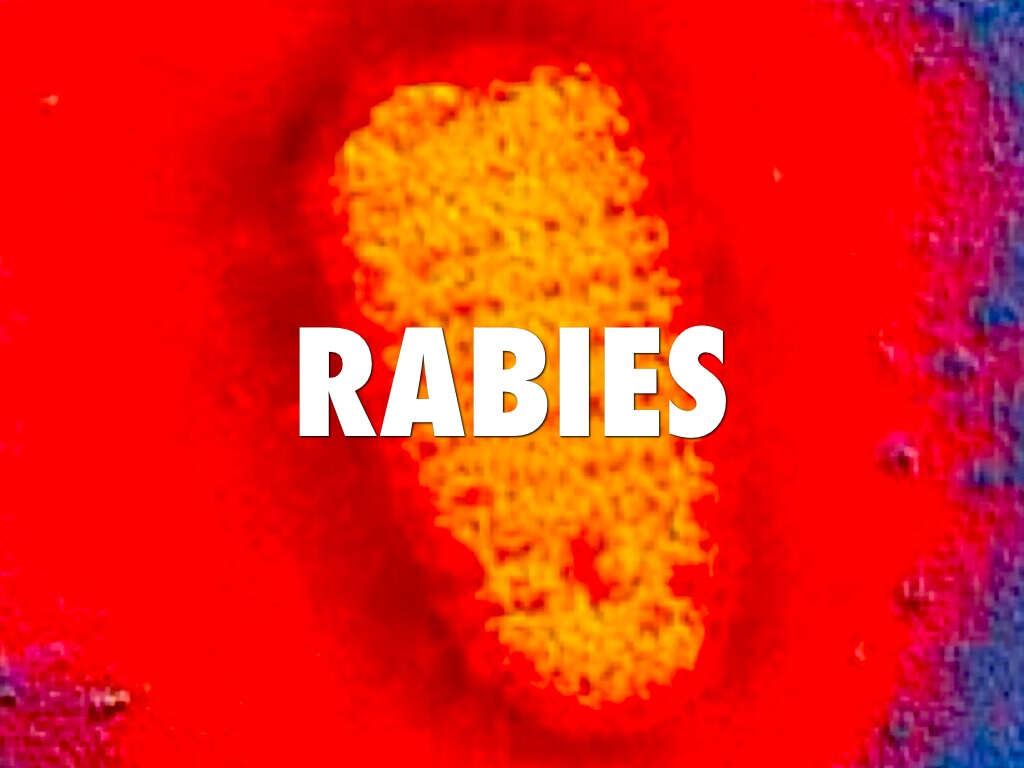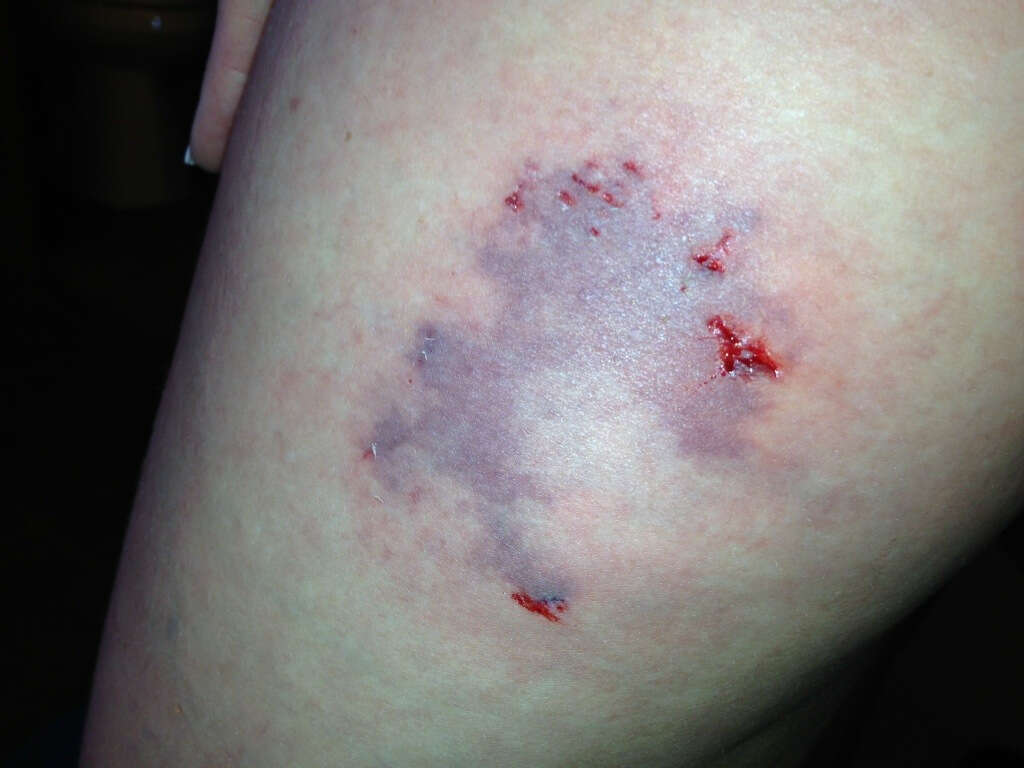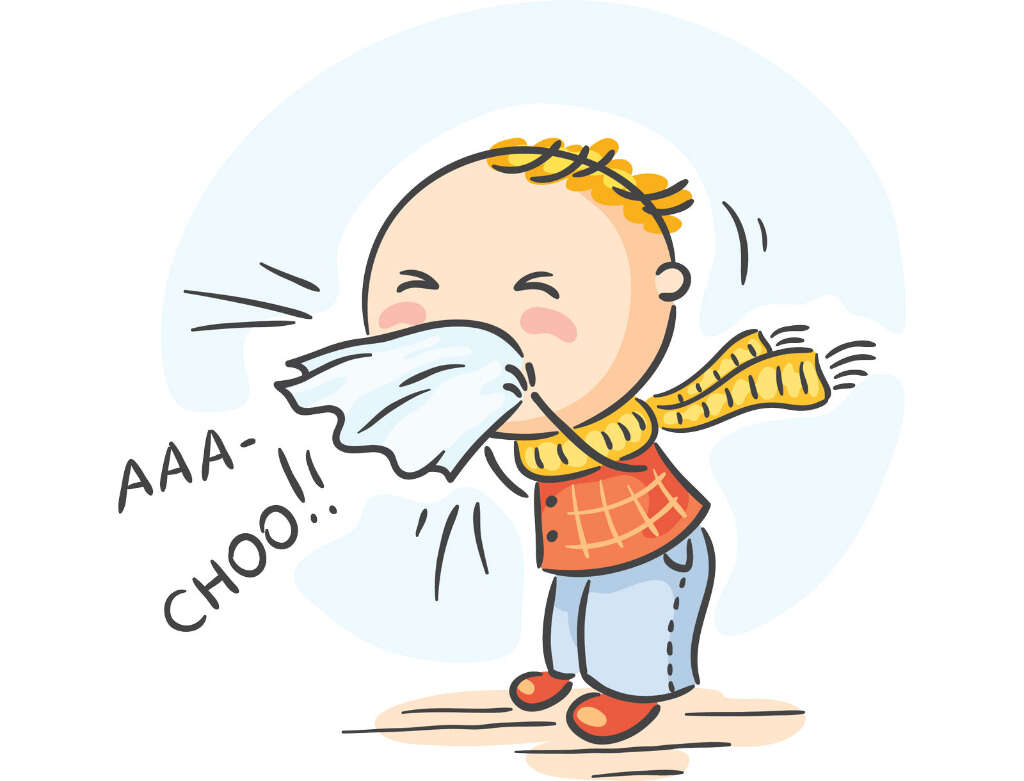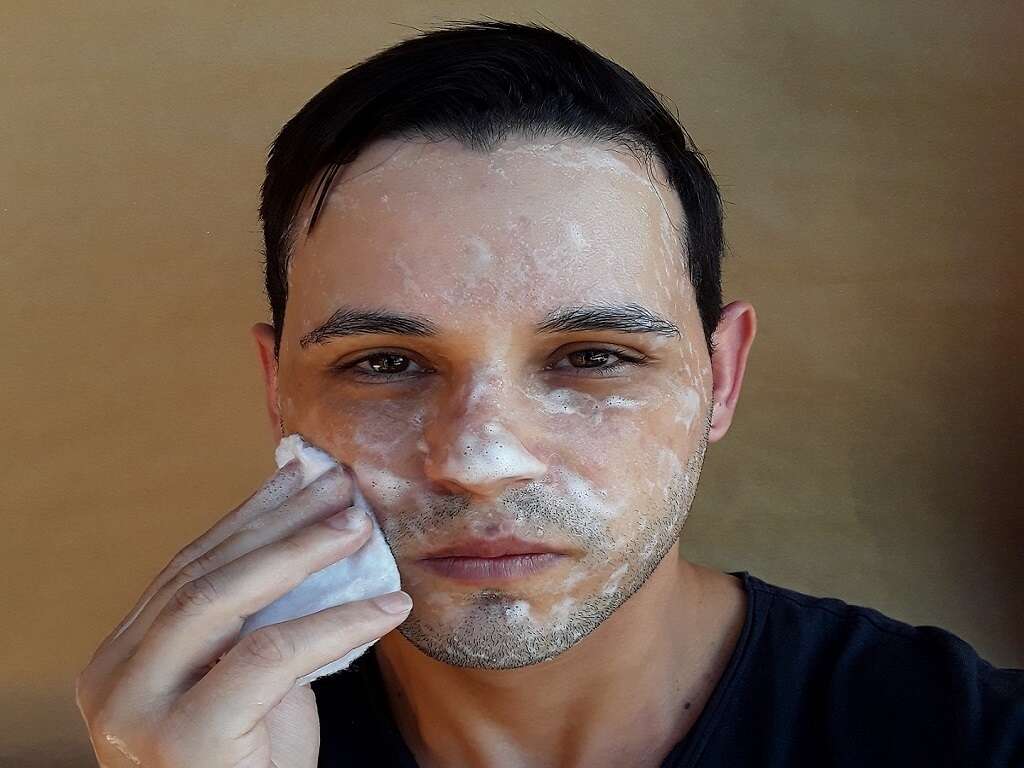10 Rabies Symptoms In Humans
Rabies is a zoonotic infection caused by the rabies virus of the Rhabdovirus group. The virus is transmitted from an infected animal to a human being through a bite or scratch. Domestic dogs and cats are common reservoirs and depending on the geographical location, bats can be a very common source of infection too. The rabies virus has four stages: the incubation stage, the prodrome stage, the acute neurological stage, and the late stage.
According to the World Health Organization (WHO), there are over 30.000 deaths annually worldwide due to this disease. Rabies can be fatal if not treated immediately after the injury before any symptoms show. It has a very high mortality rate (up to 100%) if left untreated. The good news is that rabies can be prevented through vaccination. Vaccinating domestic pets can also prevent rabies by minimizing the risk of transmission and infection.

Symptom #1: Skin Inflammation
The only symptom during the incubation stage of the rabies virus is the wound on the skin from the animal bite or scratch. There must be broken skin for the infected saliva to pass through in order to cause infection. The incubation period for the rabies virus is typically twenty to fifty days. However, rabies symptoms may start to appear five to six days after the animal bite.
The location of the bite determines how fast the virus will take to reach the brain. The nearer the bite is to the brain, the earlier symptoms start to appear. Get a vaccination immediately after the animal bites you even if you don’t suspect the animal to have the virus. An early vaccination can inhibit the virus from advancing.

Symptom #2: Flu-like Symptoms
The prodrome stage can take place from the second day after the animal bite to any time following, and it increases in intensity as time goes on. During the first few days after infection, the patient experiences a tingling sensation around the animal bite.
This is accompanied by flu-like symptoms, which can last for days. These symptoms include a cough, a headache, watery eyes, and a sore throat. The patient may also have chills and a fever. These symptoms may last for two to three days before the disease moves to the next stage.

Symptom #3: Nausea and Vomiting
Other symptoms that occur during the prodhome stage of the disease include nausea and vomiting. Nausea and vomiting are common symptoms in many diseases. In rabies, the symptoms can occur a few days after the animal bite. The patient first starts feeling sickly and unwell and may start vomiting and experiencing abdominal discomfort.
The patient eventually has difficulty breathing, produces excess saliva, and has a hard time swallowing anything. The nausea is accompanied by anxiety, which may develop into hydrophobia.

Symptom #4: Aggression and Confusion
During the acute neurological stage, the rabies disease may take two forms. One of the main forms is furious rabies, where the patient becomes excessively active and aggressive. The virus attacks the neurons in the brain, causing aggression.
The affected person may be disoriented, move uncontrollably, be abnormally excited, and resist instructions. The person cannot comprehend anything, appears confused, and wants to be in motion all the time. It can eventually lead to coma or death.

Symptom #5: Paralysis
The rabies disease may take two forms during the acute neurological stage, one of which is called paralytic rabies. Over time, the patient feels a tingling sensation, especially in the area around the bite.
Then the patient experiences numbness in some parts of the body or has difficulty moving one or more body parts. Starting from the area of infection, the patient loses the sense of touch and gradually becomes paralyzed. The condition can eventually lead to coma or death.

Symptom #6: Insomnia
Insomnia is a sleeping disorder where the affected person finds it hard to fall and stay asleep. The patient has hallucinations and may experience nightmares, which may make the patient refuse to sleep.
The patient cannot rest day or night. The patient may also develop photophobia (shun direct light) or have difficulty talking or concentrating.

Symptom #7: Seizure
A seizure is caused by abnormal electrical activity in the brain. A rabies patient may experience seizures during the acute neurological stage of the disease. The main symptoms of seizure include confusion, frothing at the mouth, light-headedness, difficulty controlling the muscles, and sudden loss of consciousness.
Most of these symptoms resemble the main symptoms of the initial stages of the rabies disease.

Symptom #8: Difficulty Breathing
The rabies virus enters the body through the nervous system and causes brain inflammation. When the brain is affected, the normal coordination between the brain and other vital organs slows down and eventually stops completely, which can affect breathing.
Other symptoms include excessive salivating, difficulty speaking, and blurry vision. Patients with paralytic rabies are more likely to have difficulty breathing than patients with furious rabies.

Symptom #9: Hydrophobia and Photophobia
A hydrophobic person is a person who fears water, while a photophobic person is a person who fears light. Hydrophobia and photophobia may occur during the later stages of the rabies disease. The patient becomes fearful of any form of light and fluid. A patient may even refuse to drink water and be afraid to open his or her eyes because of the light.
It is believed patients are afraid to drink water because they have difficulty swallowing. Thus, hydrophobia may result in dehydration, which can lead to further complications. Since no other disease shows such symptoms, hydrophobia is a clear sign of rabies infection.

Symptom #10: Coma
In the late stage of the rabies disease, the patient goes into a coma. The brain inflammation caused by the rabies virus finally makes the brain shut down. Most body parts also stop functioning.
Once in a coma, patients rarely recover. At this stage, the patient may not respond to any treatment, and death may occur only hours after falling into a coma.












